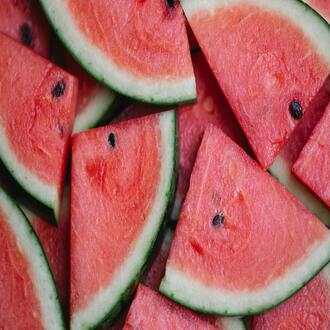Transcription Cleaning characteristics
In any allergen management strategy, cleanliness is one of the key factors.
The use of the "visually and physically clean" standard is not just a simple visual inspection of the production areas or lines, it is much more than that.
The design of equipment must take into account the cleaning specifications for its adequate sanitation. A design that does not incorporate cleanliness considerations can contribute to the accumulation of residues or allergenic material resulting from poor sanitization, leading to possible cross-contamination with allergens.
An example of this can be equipment that is difficult to disassemble, where it is difficult to access hidden parts, preventing proper cleaning.
Another recommendation to avoid possible contamination is to avoid crossing and leave a prudential separation so that the cleaning process can be carried out properly between the different production lines.
The cleaning process of the production lines must be constantly evaluated to verify its capacity to control possible contamination risks. Aspects such as common allergenic residues that may be heterogeneously spread as a result of cross-contamination should be taken into account, and the effectiveness of controlled wet and dry cleaning processes should be evaluated.
Only when the overall cleanliness of the production line can be evaluated and the "visually clean" standard (no visible product residues) can the cleaning of allergenic material heterogeneously distributed in the production line be considered effective.
To ensure proper sanitization, it is necessary to use the appropriate equipment, to have validated and documented cleaning procedures and to establish a reasonable time for the process to be effective.
The effectiveness of the cleaning procedures used for microbiological safety should be evaluated regularly, since the measures commonly used for this purpose do not usually eliminate certain allergens.
To ensure that allergens are not left in areas that are difficult to access, certain equipment may have to be dismantled and cleaned manually.
For certain foods such as powdered or particulate substances, pastes and seeds, the cleaning procedures of the industry where they were developed must be followed, as they usually cause serious cleaning problems.
In the case of production and packaging machines, special procedures must be defined for proper sanitation. When it is not possible to ensure proper sanitization, whether due to inaccessibility to a certain area, equipment or other factor, the residual risk of cross-contamination with allergens should be assessed and labeled on the product accordingly.
During the sanitization process, care should be taken not to contaminate other areas or areas that have already been sanitized, so attention should be paid to certain cleaning techniques such as the use of compressed air that may cause contamination, or cleaning from the top down in areas where dry mixing is carried out.
In ca
features cleaning




